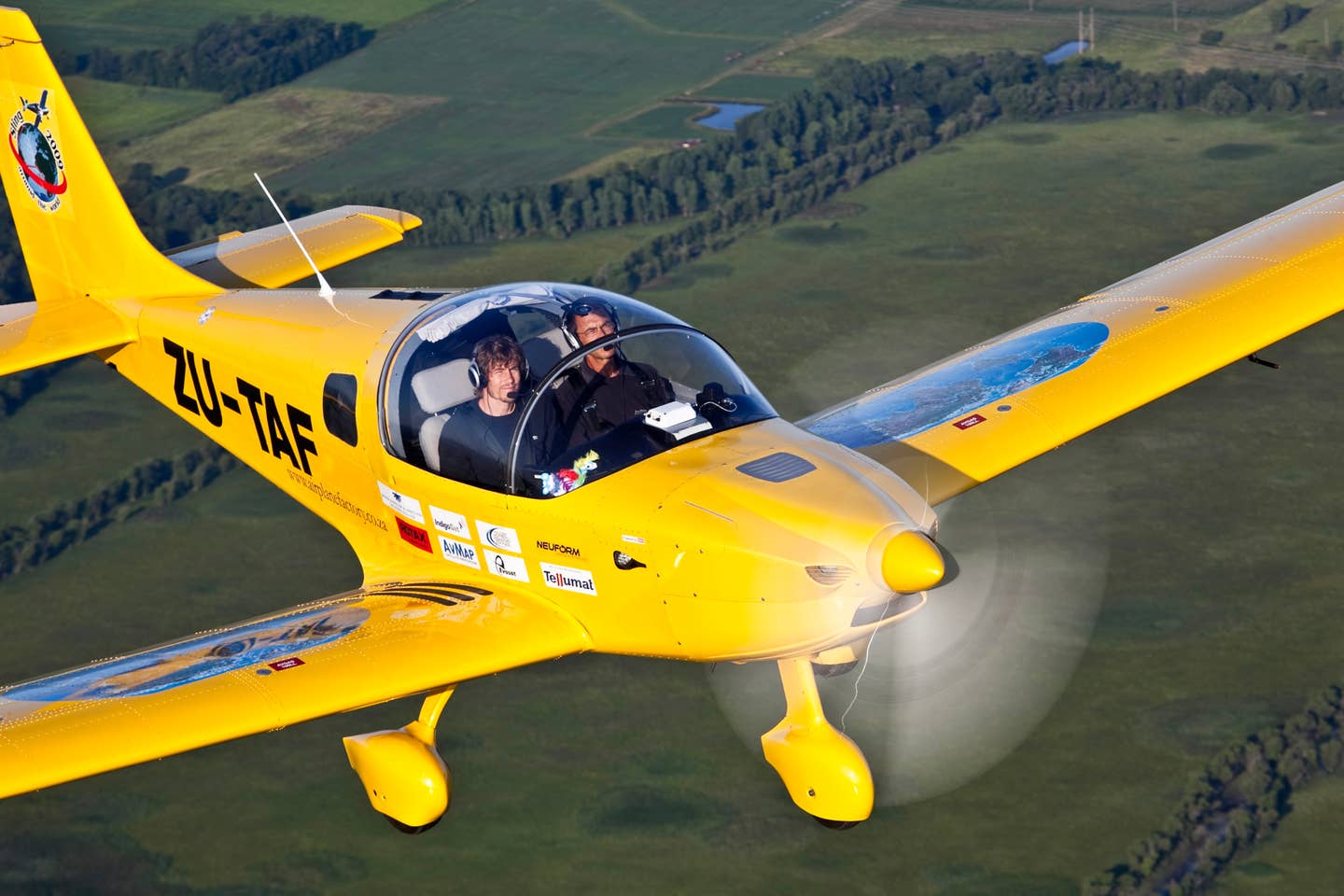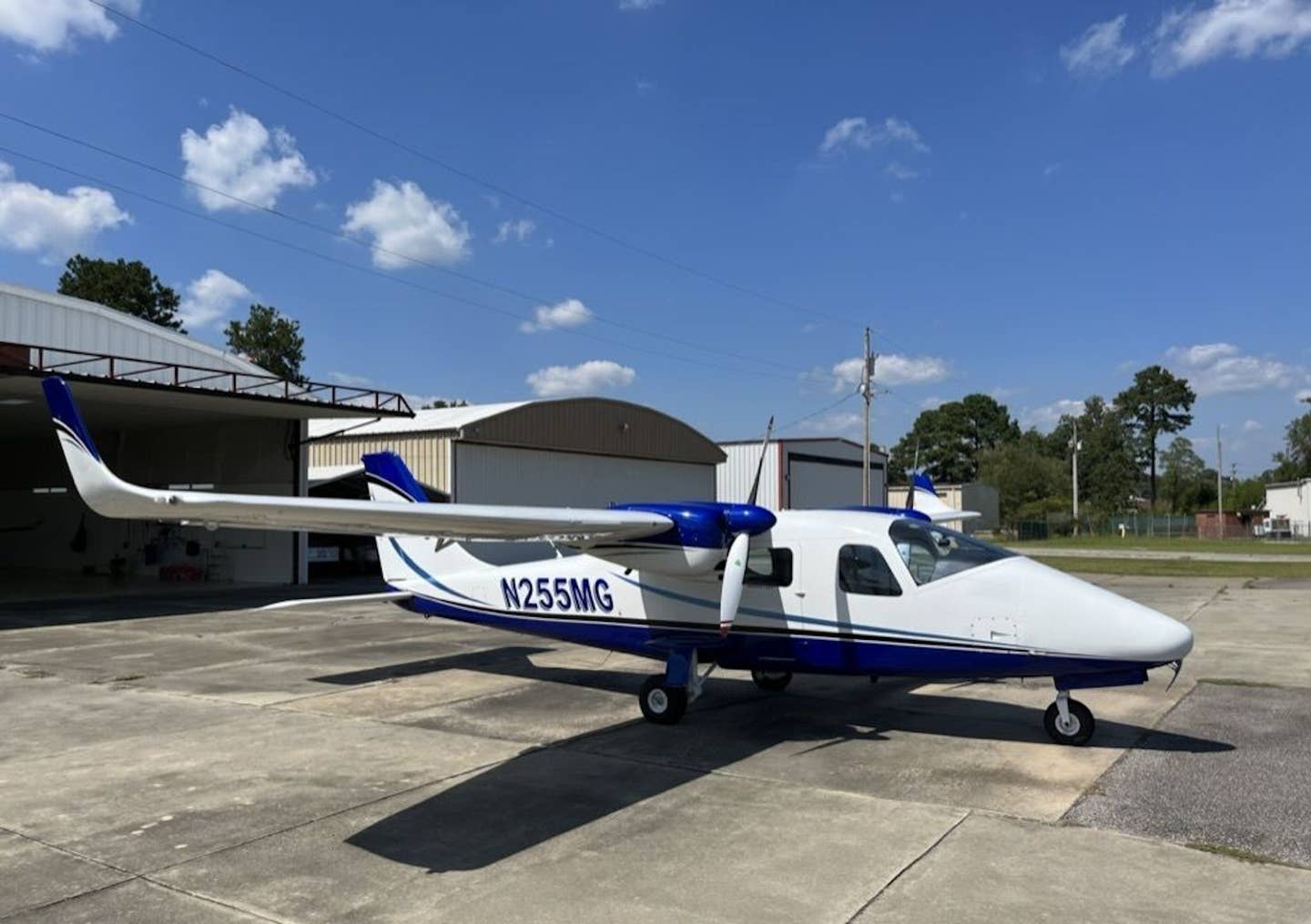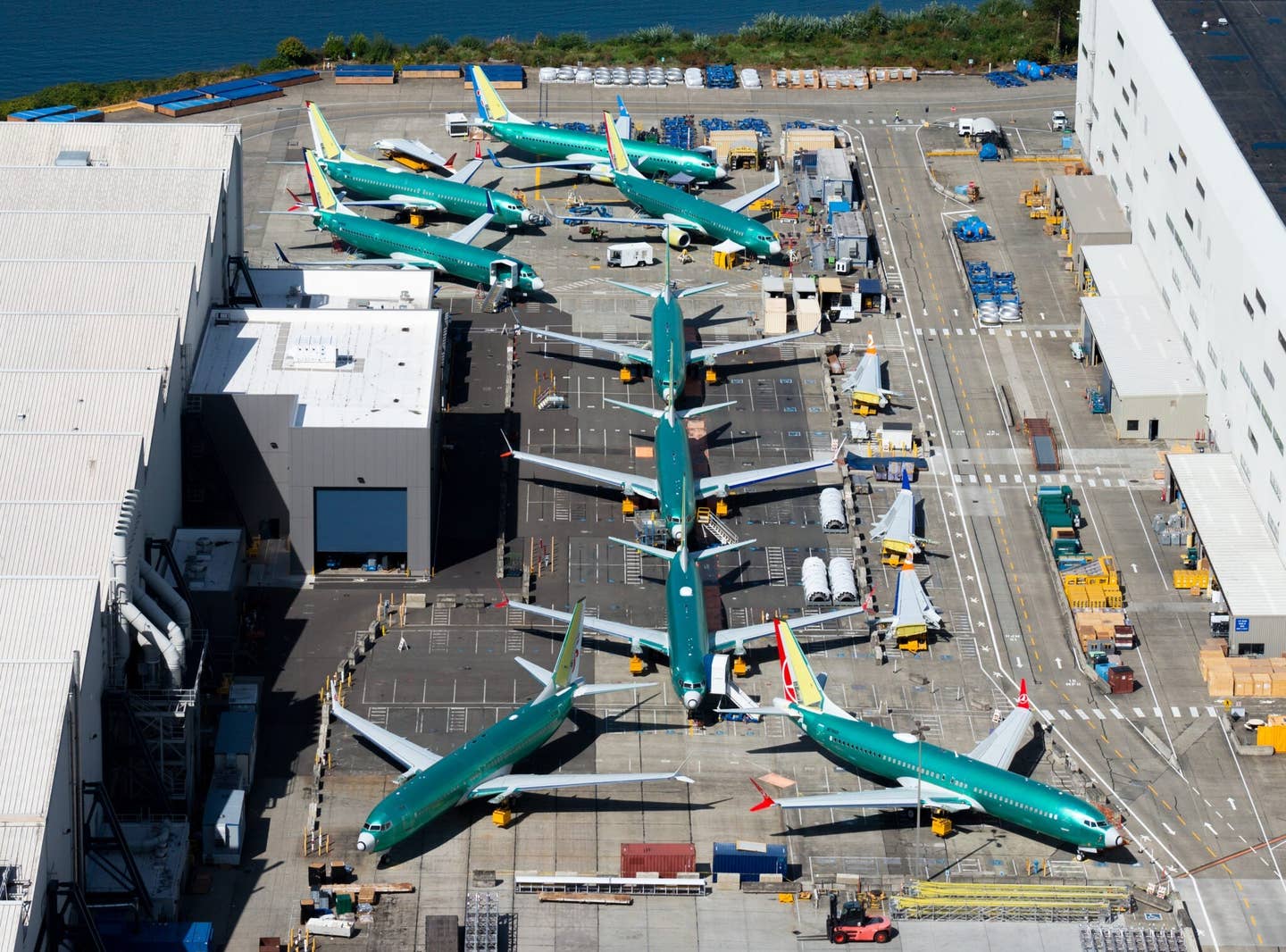LSAs Can Handle the Long Legs of an ‘Earthrounder’ Flight
Pilots have circled the globe several times in modified aircraft.

Pilots from Sling Aircraft factory fly a heavily-modified Sling 2 LSA on their 2009 earthrounder flight. [Courtesy: Sling]
If you go on the Earthrounders.com website and search for completed globe circumnavigations by single-engine aircraft, you will see plenty of Cessna Caravans, Pilatus PC-12s, Beech Bonanzas, Mooneys, and Piper Saratogas, Cherokee Sixes, and Malibus. With their massive useful loads, these airplanes were able to easily tanker the extra fuel needed to safely transition the longest over-ocean legs of such a journey.
What you will not see are very many light sport airplanes.
When you do the math, it appears nearly impossible to carry enough fuel in an LSA for an around-the-world flight with two pilots aboard plus required safety gear for extended overwater operations. But on two different earthrounder missions, pilots from Sling Aircraft in South Africa were able to circle the globe in heavily modified LSAs.
And on a more recent trip around, pilot Zara Rutherford of Belgium flew a Rotax-powered Shark “ultralight” (comparable to our LSAs) airplane on a 155-day trip, breaking the Guinness World Record for the youngest woman to fly solo around the world.
Let’s dig into how Team Sling made their two earthrounder flights happen.
The First Mission
In mid-July 2009, Sling pilots Mike Blyth, the company’s director, and James Pitman, the company’s chairman, departed Johannesburg, South Africa, in a two-seat Sling LSA using a Rotax 912ULS 100 hp engine. The Sling was modified with an increase in fuel volume from 39 U.S. gallons in two wing tanks to 119 gallons in six separate wing tanks. Other modifications included seats that could recline, strengthened main gear, and the installation of a satellite tracking device.
Blyth and Pitman arrived back in Johannesburg in late August after flying for 40 days, visiting 12 countries, and covering a distance of approximately 24,400 nm.
“Each circumnavigation has had its own challenges and rewards,” Blyth said. “The challenges have always been the weather and dealing with bureaucracy, but it was never the aircraft or the pilots. The rewards have been the sense of achievement after the longest and most challenging flights like the 27-hour flight from Rio de Janeiro, Brazil, to Cape Town, South Africa.”
Pitman added that the flight was as much a testbed as an adventure.
“We learn during adversity,” he said. “Our flights around the world were a crucible in which we learned about our aircraft so that we could perfect them. It’s not been only a textbook exercise. Everything works because it has to when you are out over the ocean at night flying through storms!”
The Second Mission
For Sling’s second earthrounder flight in 2015, four pilots shared time flying a Sling 2 LSA with a Rotax 912iS engine. Joining Blyth and Pitman were Patrick Huang, the airplane’s owner, and Jean d’Assonville, the company’s technical director. Huang flew the entire flight, while the other three pilots each flew a third of the route. The flight took 78 days, crossed 12 countries, and covered an approximate distance of 25,000 nm.
For this flight, which departed and culminated again in Johannesburg, South Africa, the Sling LSA’s fuel system was altered from the first successful flight in 2009. The fuel was increased from 39 U.S. gallons in two wing tanks to 79 gallons in four separate wing tanks. An additional single removable fuel tank in the rear baggage compartment held a capacity of 32 U.S. gallons for a total fuel capacity of 111 U.S. gallons. And along with the satellite tracking device, an HF radio was installed for this flight.
Around the World in an LSA Is Not for Everyone
While not every pilot is ready—or willing—to try an earthrounder flight in an LSA, the two flights by Sling and one by Rutherford in her Shark UL prove it can be done. The key to these flights was the exceptionally low fuel burn of the Rotax 912 engines in all three airplanes, coupled with incredibly thorough flight planning and a tremendous ground support system. It is not enough to simply add fuel tanks where fuel tanks are not normally found in order to fly the long legs required on these flights. It takes courage, piloting skill, and yes, maybe even a bit of luck, to make it entirely around this rock we all live upon in an LSA.

Subscribe to Our Newsletter
Get the latest FLYING stories delivered directly to your inbox






